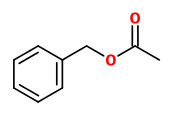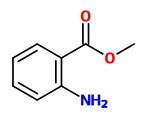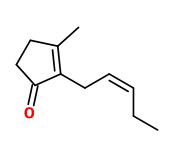Jasminum sambac (L.) Aiton - Oleaceae - Arabian jasmine, sampaguita, sampaquita, Arabischer Jasmin
Bushy shrub or semi-climber, up to 3m tall, native to India; leaves opposite, simple, dark green, obovate, pubescent; flowers very fragrant, white, cultivated forms double. „Widely cultivated for its very fragrant flowers that are used in tea flavoring and in perfumes. The flowers and leaves are also medicinal.“
http://www.efloras.org/florataxon.aspx?flora_id=2&taxon_id=200017788
„Despite the English common name of „Arabian jasmine“, Jasminum sambac is not originally native to Arabia. The habits of Jasminum sambac support a native habitat of humid tropical climates and not the arid climates of the Middle East… It is the national flower of the Philippines, where it is known as sampaguita, as well as being one of the three national flowers of Indonesia, where it is known as melati putih. “ http://en.wikipedia.org/wiki/Jasminum_sambac
„The composition of the volatile fraction of Egyptian Jasminum sambac (L.) Ait. (Family: Oleaceae) flowers picked in July (the climax of the flowering season), was studied using GC/MS. The flowers’ concrete headspace (HS) volatiles had been analyzed by SPME (solid phase microextraction) and compared with those from the flowers’ absolute. The main volatile constituents of the concrete HS and the absolute, respectively, were: benzyl acetate (23.7 and 14.2%), indole (13.1 and 13.4%), (E,E)-α-farnesene (15.9 and 13.1%), (Z)-3-hexenyl benzoate (4.9 and 9.4%), benzyl alcohol (7.7 and 8.4%), linalool (10.6 and 6.3%), and methyl anthranilate (5.0 and 4.7%). The major volatile constituents of Egyptian J. sambac absolute are almost qualitatively similar but quantitatively different from those grown in other geographical regions. The proportion of some major volatile constituents at this investigation are also different from those reported in a previous investigation for Egyptian J. sambac. The study also revealed that, headspace-solid phase microextraction (HS-SPME), equipped with a polydimethylsiloxane (PDMS) fiber, can give an indication about the composition of some of the major volatile constituents of J. sambac, e.g., indole, methyl anthranilate and E-E-α-farnesene, directly from the concrete HS.“
[Isolation and characterization of the volatile aroma compounds from the concrete headspace and the absolute of Jasminum sambac (L.) Ait.(Oleaceae) flowers grown in Egypt., Edris, A.E., Chizzola, R., Franz, C., European Food Research and Technology, Vol.226(3), 2008, 621-626]
The odor of Jasmine sambac absolute from South India has been described as „Premium very natural jasmine quality with a fresh floral, slightly fruity top note and a distinct green complex reminiscent of fresh flower buds; body slightly fatty with a touch of violet, orange flower and nuances of green, sweet balsamic and a pronounced indolic note; after one week at the smelling strip animalic-cresolic with a slight touch of honey.“ Main ingredients of the vaccum headspace were (Z)-3-hexenyl acetate (10.6%), (Z)-3-hexenol (7.6%), (2E,6E)-α-farnesene (4.2%), methyl anthranilate (3.3%), methyl benzoate (2.3%), benzyl cyanide (2.1%), and (E)-2-hexenal (1.6%). „The amount of phenylacetaldehyde oxime in J.sambac absolute seems to vary significantly depending probably on geographical origin of the raw material (India: 0.2%, Egypt 3.4% [6a]).“
[Braun, Norbert A., et al. „Jasminum flexile Flower Absolute from India–a Detailed Comparison with Three Other Jasmine Absolutes.“ Natural product communications 4.9 (2009): 1934578×0900400917.]
HS-SPME analysis of floral volatiles emitted by living J.sambac flowers showed α-farnesene (80%) as main constituent, accompanied by benzyl acetate (2.4%), (Z)-3-hexenyl benzoate (2.2%) and (Z)-3-hexenyl acetate (0.9%), δ-cadinene (2.0%), and methyl anthranilate (1.9%). Indole (0.4%), (Z)-jasmone (0.1%) and linalool (0.9%) as well as (E)- and (Z)-nerolidol (0.3%) contribute to the odor of the flowers.
[Analysis of floral volatiles by using headspace-solid phase microextraction: a review., Rout, P.K., Rao, Y.R., Naik, S.N., Asian J. Chem., Vol.24, 2012, 945-956]
„Major differences between Chinese and Indian J sambac flower absolutes manifest in the following 8 compounds. Methyl salicylate, benzyl benzoate, (Z)-3-hexenyl benzoate and eugenol levels were higher in the Chinese samples, while (3E,6E)-α-farnesene and 1(10),5-germacradien-4-ol were lower compared with the Indian samples. 2-Phenylethyl alcohol, (E/Z)-phenylacetaldehyde oxime and benzyl cyanide could not be detected in the Chinese absolutes M-O. Whether benzyl cyanide is formed as a production artifact from phenylacetaldehyde oxime via artificial or enzymatic dehydration remains unclear, however, both nitrile and the corresponding oxime are only present in Indian absolutes.“
[Braun, Norbert A., and Sherina Sim. „Jasminum sambac Flower Absolutes from India and China–Geographic Variations.“ Natural product communications 7.5 (2012): 1934578×1200700526.]
https://journals.sagepub.com/doi/pdf/10.1177/1934578X1200700526
Benzyl acetate, linalool, linalyl acetate, (Z)-3-hexenol, (Z)-3-hexenyl acetate, methyl anthranilate and (Z)-3-hexenyl benzoate were the main volatiles of Jasminum sambac concrete. Of the 55 compounds found with FD factor >1, some 22 showed odour activity values >1. Highest OAVs showed linalool, methyl anthranilate, eugenol, (Z)-3-hexenyl acetate, benzyl acetate, linalyl acetate, methyl salicylate, geraniol, (Z)-3-hexenol, and dimethyl anthranilate.
[Zhang, Jinglin, et al. „Characterization of aroma‐active compounds in Jasminum sambac concrete by aroma extract dilution analysis and odour activity value.“ Flavour and Fragrance Journal (2020), 197-206]
„The odorants in Chinese jasmine green tea scented with jasmine flowers (Jasminum sambac) were separated from the infusion by adsorption to Porapak Q resin. Among the 66 compounds identified by GC and GC/MS, linalool (floral), methyl anthranilate (grape-like), 4-hexanolide (sweet), 4-nonanolide (sweet), (E)-2-hexenyl hexanoate (green), and 4-hydroxy-2,5-dimethyl-3(2H)-furanone (sweet) were extracted as potent odorants by an aroma extract dilution analysis and sensory analysis. The enantiomeric ratios of linalool in jasmine tea and Jasminum sambac were determined by a chiral analysis for the first time in this study: 81.6% ee and 100% ee for the (R)-(-)-configuration, respectively. The jasmine tea flavor could be closely duplicated by a model mixture containing these six compounds on the basis of a sensory analysis. The omission of methyl anthranilate and the replacement of (R)-(-)-linalool by (S)-(+)-linalool led to great changes in the odor of the model. These two compounds were determined to be the key odorants of the jasmine tea flavor.“
[Identification of potent odorants in Chinese jasmine green tea scented with flowers of Jasminum sambac., Ito, Y., Sugimoto, A., Kakuda, T., Kubota, K., Journal of agricultural and food chemistry, Vol.50(17), 2002, 4878-4884]
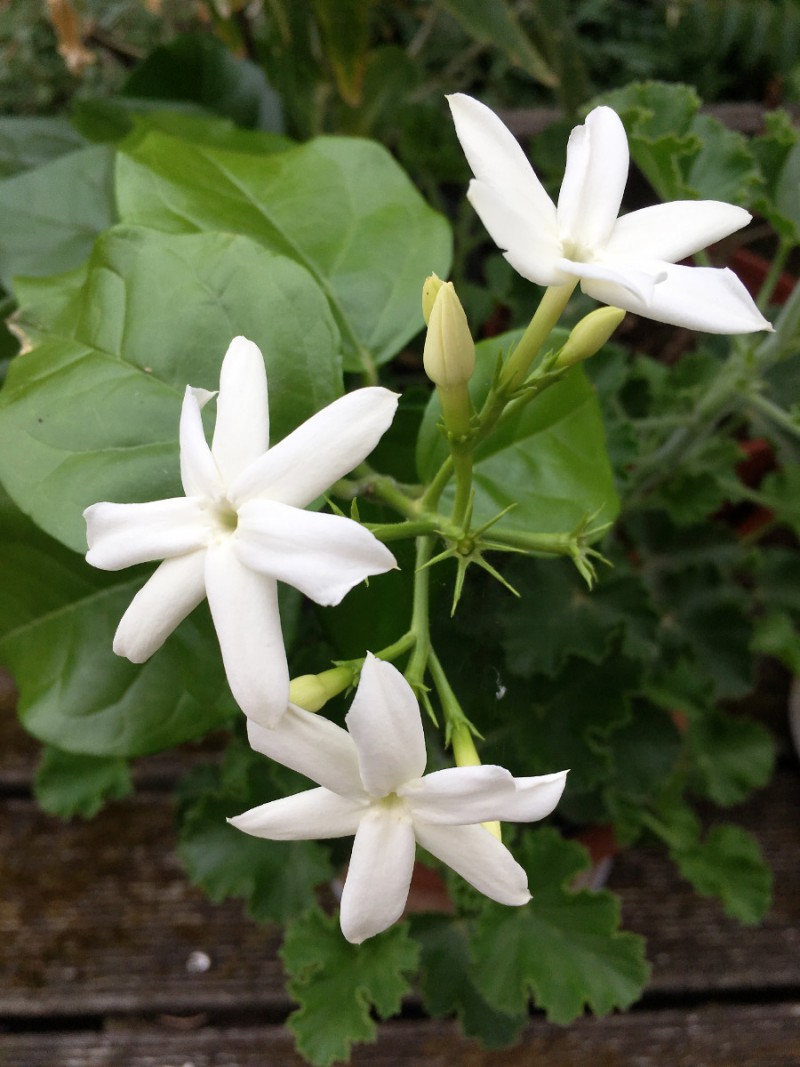
Jasminum sambac CC BY-SA 3.0 Author: Andreas Kraska
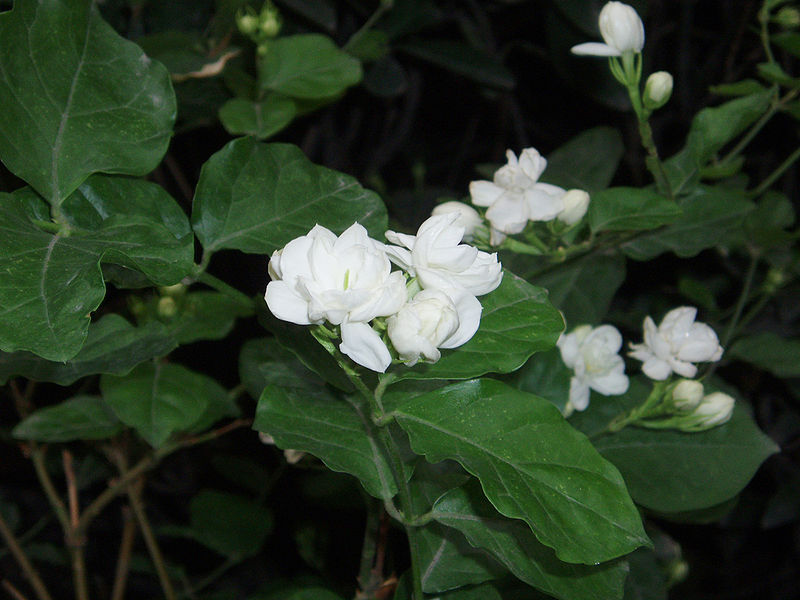
Arabian jasmin 'Arabian Nights'
CC BY-SA 3.0, Author: Fanghong Wikimedia Commons

